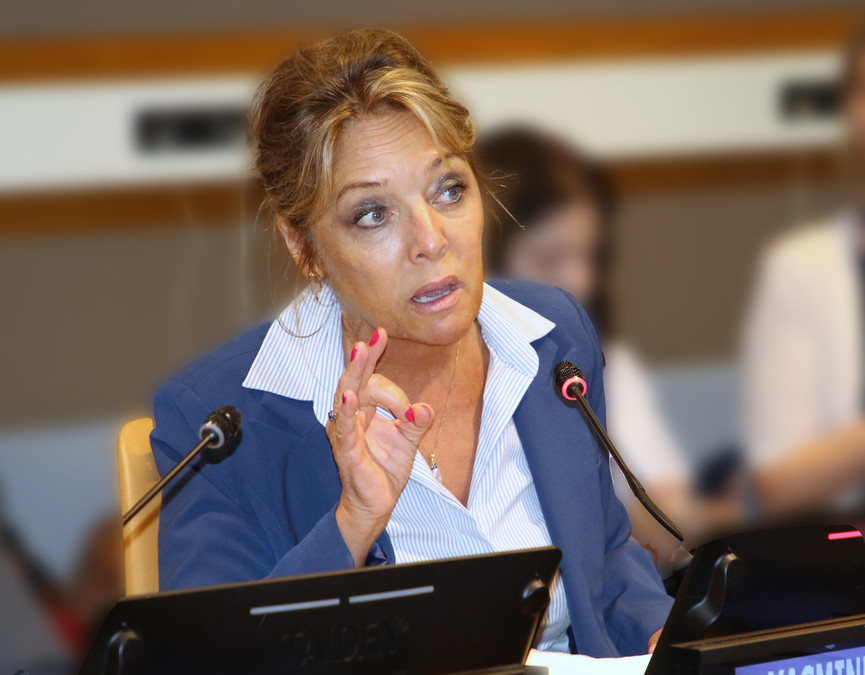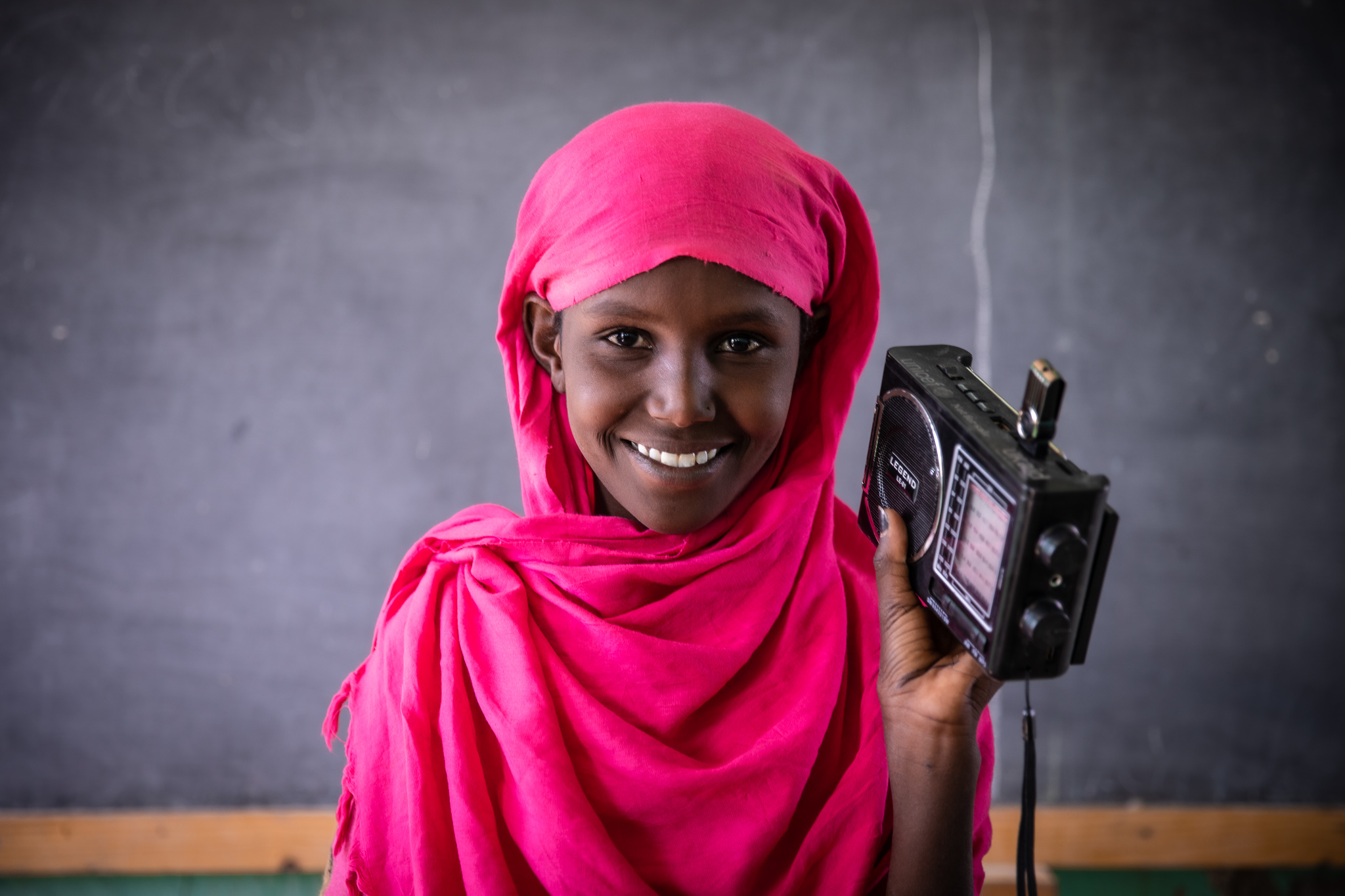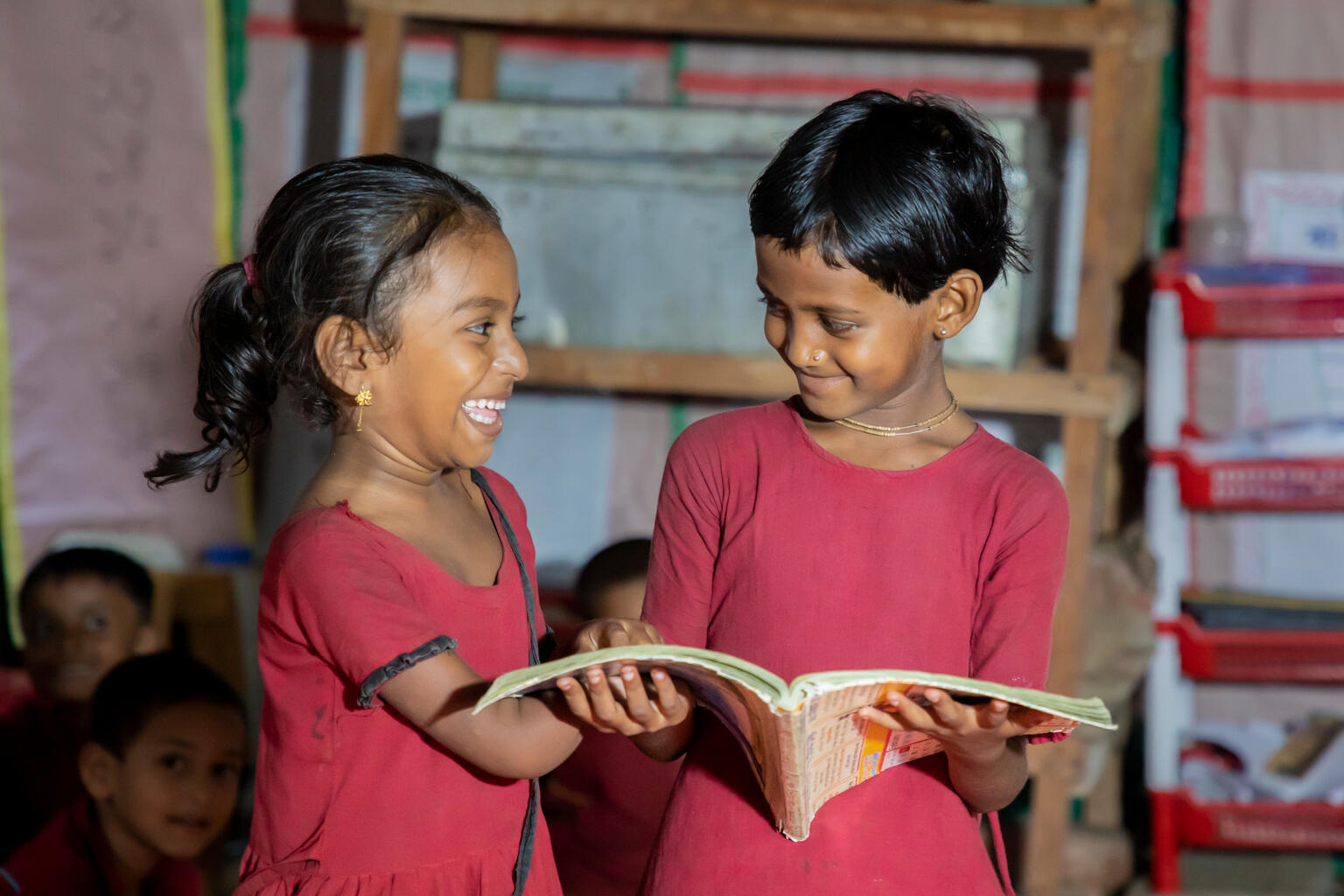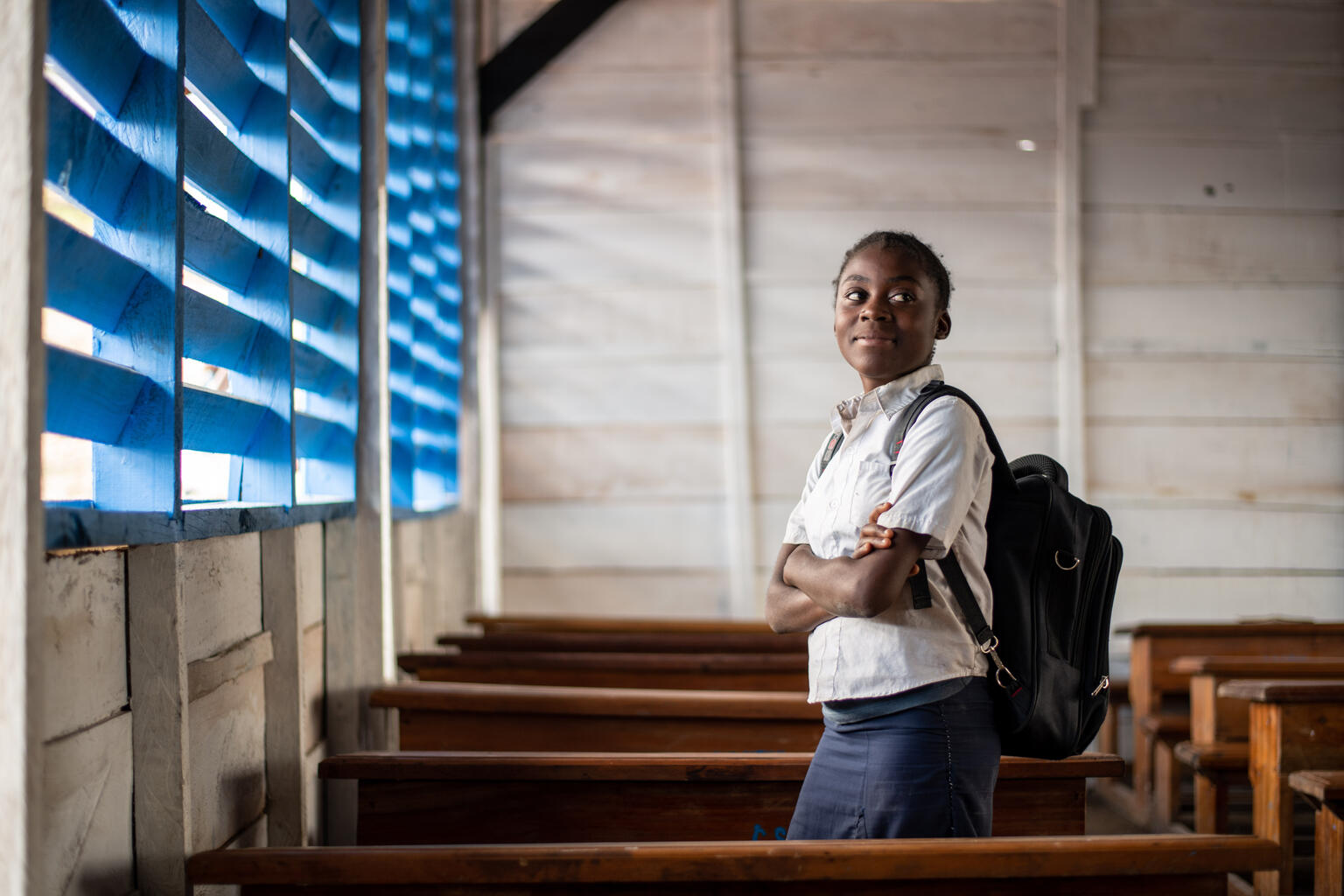Connecting The Dots Between Climate Action and Education
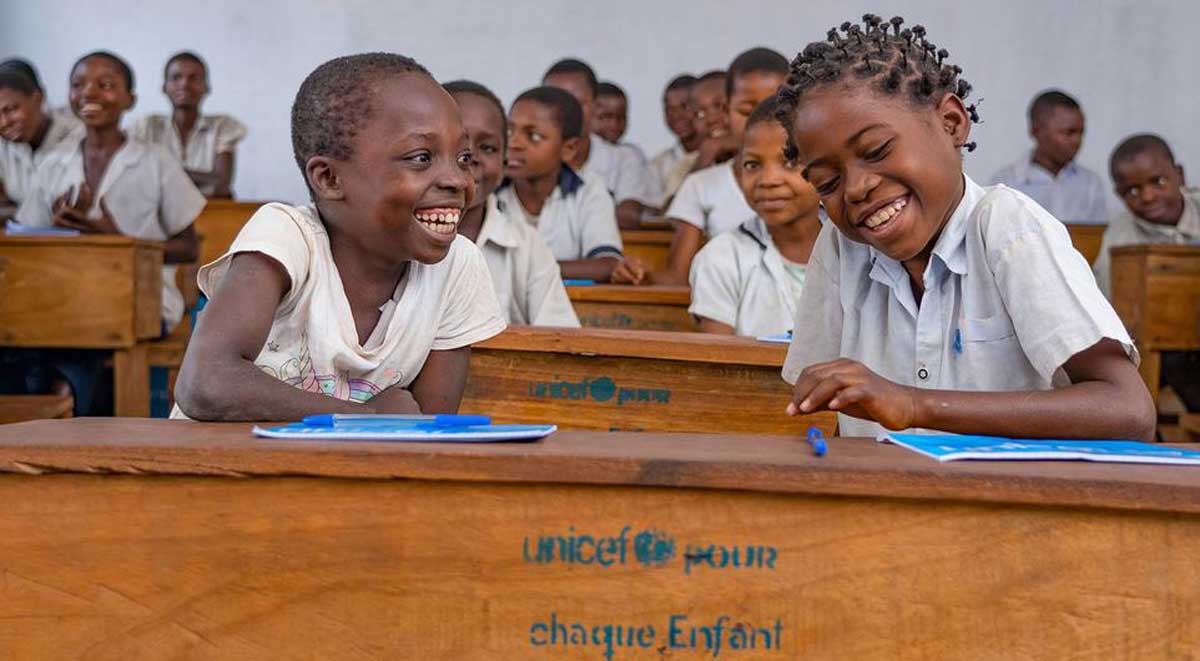
Original Op-ed from Modern Diplomacy
We are headed for a cliff. Rising seas, devastating droughts, spiking temperatures and a notable increase in the severity and frequency of natural disasters are forcing children, families and communities into displacement, disrupting the education of millions and, and putting lives and livelihoods at risk.
At this year’s COP27 Climate Talks in Egypt, world leaders are discussing how we can adapt our economies, our societies and our world in the face of a changing climate. Given the critical importance of education to withstand climate-change and prevent further deterioration, we must connect the dots between climate action and education.
We all know now that none of the Sustainable Development Goals can be achieved and sustained without an educated new generation. The same applies to ensure that we have an entire generation of responsible stewards for our planet in peril.
This year’s climate talks provide us with a unique opportunity to boldly and squarely establish the link between climate change and education – especially for the world’s most vulnerable children and youth who suffer the brunt of climate-induced disasters.
The numbers tell a story of a crisis within a crisis. In 2016, we estimated that 75 million crisis-impacted children were in need of urgent educational support. Today, that number has tripled to 222 million. This is simply unacceptable in modern times when we face such enormous challenges for our Mother Earth.
Millions are impacted by horrific climate-driven disasters like the droughts in the Horn of Africa and the floods in Pakistan. In Pakistan alone, nearly 27,000 schools were destroyed or damaged, affecting 2 million children and adolescents.
Globally, nearly half of the world’s children – approximately 1 billion girls and boys – are living in countries that are designated at “extremely high-risk” from the impacts of climate change. Some estimates indicate that as many as 140 million more people could be displaced by climate change by 2050 across South Asia, sub-Saharan Africa and Latin America.
This could cost the global economy US$7.9 trillion in lost gains. This is a devastating loss financially and even more so for the future of our planet.
The developing world will feel the impact the most. Cost to GDP in Africa by 2050 is estimated at 4.7%, followed by Latin America (3.8%), the Middle East (3.7%), Eastern Europe (3%) and Asia Pacific (2.6%).
The growing body of evidence that links climate change with escalations in armed conflict is even more terrifying.
The world’s most marginalized and vulnerable children and youth have the most to lose. Without the safety and protection of a quality education, they live will not be prepared to successfully manage the impacts of a changing climate. Their plight is doubled by the fact that they are at a high risk of sexual exploitation, child marriage, adolescent pregnancy, child labour, recruitment by armed forces and other human rights abuses. The climate and humanity are linked and can be destroyed at the same time, unless we recognize and act upon this inextricable correlation.
So how can we act as part of our climate action? We can and must ensure that every child and adolescent who today suffers from climate-induced disasters are empowered through an education to reduce the current climate disaster and steer their communities and countries towards saving the earth. We can invest financially in their education and in a protective learning environment that withstands the shocks of climate change and prevents reoccurrence. Education is the pathway to a more sustainable future for the planet.
Girls and women, as the stewards of our planet, will need to be front and center. The time for action is now, given recent Malala Fund estimates that climate-related events prevented at least 4 million girls in low- and lower-middle-income countries from completing their education in 2021.
Ensuring girls’ access to education is a sustainable and cost-effective mechanism to improve resilience to climate change. Countries that have invested in girls’ education have suffered far fewer losses from droughts and floods than countries with lower levels of girls’ education. A 2013 study analysing the links between girls’ education and disaster risk reduction projected that if 70% of women ages 20–39 received at least a lower-secondary education, disaster-related deaths in 130 countries could be reduced by 60% by 2050.
With our global donors and strategic partners, Education Cannot Wait (ECW) – the United Nations global fund for education in emergencies and protracted crises – is deploying an extensive portfolio of investments in some of the countries hit hardest by the climate crisis.
When disasters strike in places like Bangladesh, Cameroon or Pakistan, ECW’s rapid funding protects children and supports the resumption of education with new schools, provides access to safe water and nutritious meals, and ensures a safe place to learn and grow.
In places like Chad, teachers are integrating preparedness, disaster risk reduction and resilience into educational programing. The indispensable correlation between climate change and education is a center-piece in our new Strategic Plan 2023-2026.
In just a few months, world leaders will gather at the Education Cannot Wait High-Level Financing Conference on 16-17 February in Geneva. Hosted by the Government of Switzerland and ECW – and co-convened by Colombia, Germany, Niger, Norway and South Sudan – the conference will provide a unique opportunity to take the lessons learned from COP27 and connect the dots between climate resilience and educational resilience, between climate change and education.
With an education, the leaders of tomorrow are empowered to receive the baton from the current generation and responsibly address the single greatest threat to the human species in our brief history on this planet.
The earth will abide, but will humanity? By investing in humanity today, we can ensure that both will survive and thrive tomorrow.

